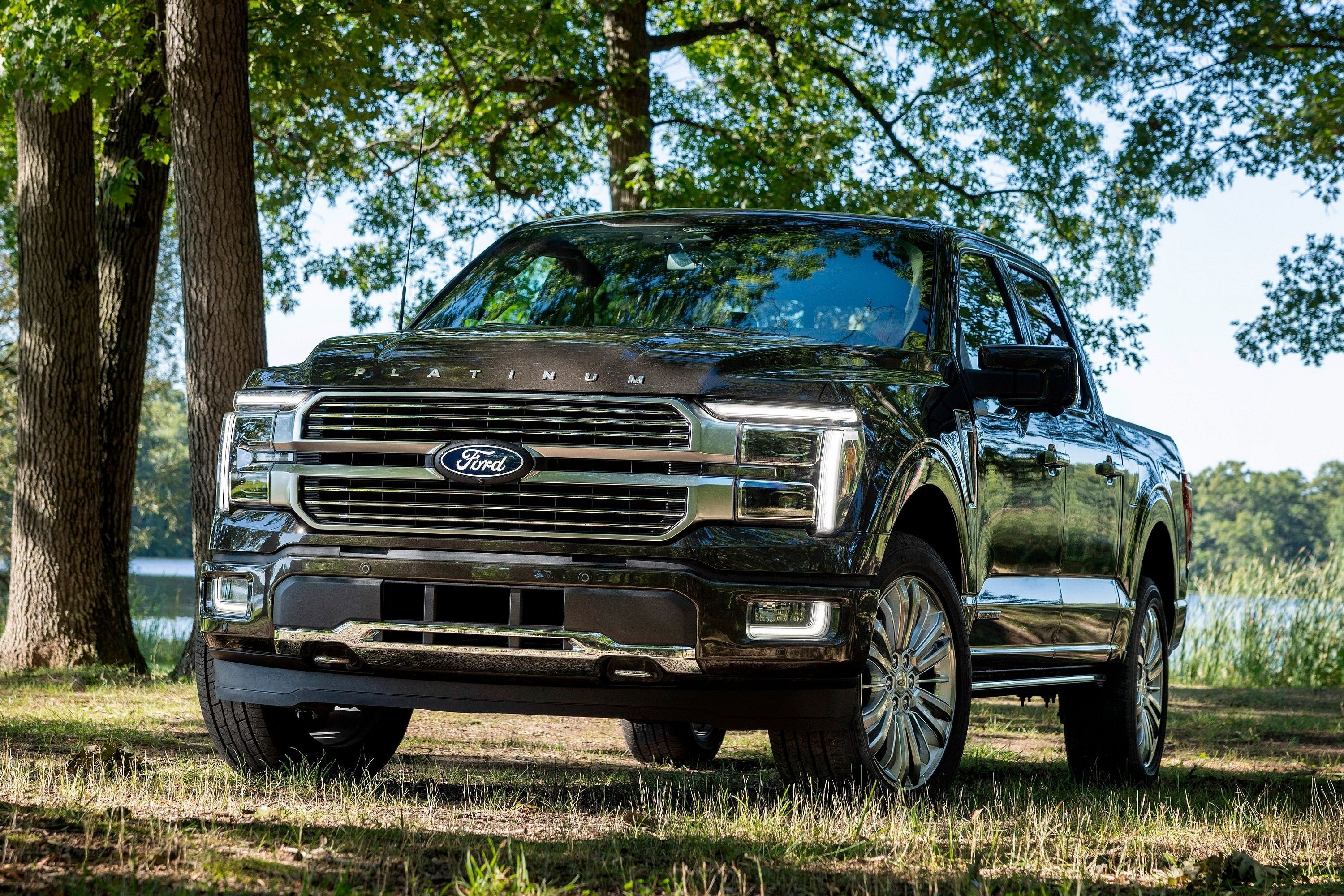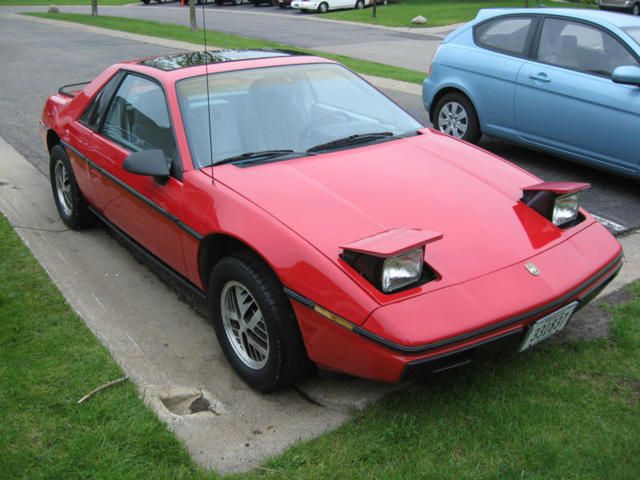
We have always sort of held the belief that anyone who didn't have at least a small soft spot for the Fiero must be a cold and heartless person. Sure, it was never as fast as the styling indicated, and yes, it sometimes caught fire. But you have to admire the sheer bloody-mindedness of Pontiac, a company which was neither Italian nor exotic, to decide to build an Italian exotic. You've got to admire that kind of spirit. GM had long been opposed to the idea of anything too sporty in any of their brands' lineups.
They tried so hard to hold back the tide of the muscle car trend, and some at the company must have been secretly pleased when the energy crisis killed off the muscle car. But by 1979, with said crisis in full swing, it was realized that there was room in the lineup for something small and sporty, something which wasn't as fuel thirsty as a muscle car and also wouldn't compete directly with the Corvette. Thus began the work on the Fiero. The name is Italian for "very proud", but also means "fierce" or "wild" in Spanish. Several other names were considered, including "Sprint", "P3000", "Sunfire" and the hilariously awful "Pegasus".
The Fiero was one of only a few postwar two-seat American cars, and still remains as the Big Three's only mass-market mid-engine model. Weirdly, it wasn't actually planned as sports car, exactly. The engine was in the middle largely because it allowed for a more aerodynamic body, which would in turn deliver better fuel economy. There was obviously a certain amount of sportiness to it, but at first this was thought of by GM as being just about image. The car was supposed to be a commuter vehicle, something which got good gas mileage and didn't cost a whole lot.
At least, this is how it was pitched to the bean counters, and since it used parts-bin components from GM's dreadful econo-boxes for wheels, suspension and brakes, it wasn't a hugely expensive project. But once the car hit the market and was a big hit, Pontiac was allowed to explore the car's sporting potential a bit more. Though work had begun in 1979, the Fiero didn't debut until 1984, by which point the energy crisis was long over. But the energy crisis mentality was still built into the car. The evidence of this was the use of GM's infamous "Iron Duke" engine. This was less of an engine and more a 2.5-liter box of pudding which produced 92 horsepower.
But the Fiero was still a fun car, and was named in Car and Driver's Ten Best for 1984. A V6 was offered starting in 1985, and the Fiero would get noticeably a bit better every year of production. But the big problems for the car came from the 1984 model. The Iron Duke engine dated back to 1977 and had been put into quite a few GM products before it found its way into the Fiero. The engine wouldn't fit as it was, so a redesigned sump and oil pan were used. This would have been fine, but the dipstick wasn't changed, and so the oil level would appear to be normal when it was in fact a quart low.
Now add to this the fact that some of the connecting rods being used for the Fiero were found to be defective. An internal memo from Pontiac reveled the problem to be with anywhere from 10 to 40 percent of the connecting rods. This problem was only exacerbated by low engine oil levels, and fires would result. At least, this is one of the causes. A wiring harness mounted just above the exhaust manifold was also given to melting and starting electrical fires, and improperly-tightened head bolts would also sometimes crack the block and start a fire. Basically, there were a lot of things that could go wrong.
However, it was almost exclusively the 2.5-liter and the 1984 model which caught fire. By mid-1987, the 1984 Fieros were catching fire at a rate of about 20 per month. Those 260 cars which burned made up just 0.7 percent of all Fieros sold. Also, unlike the case of the Ford Pinto, no deaths resulted from Fiero fires, and there were only ten cases of minor injury. GM would kill the car off in 1988, despite the fact it considerably became a better car than it was in 1984. Sales were lagging, but it is generally assumed that the real reason for the move was to quiet the controversy over engine fires. Whatever the reason, it's still a damn shame.

